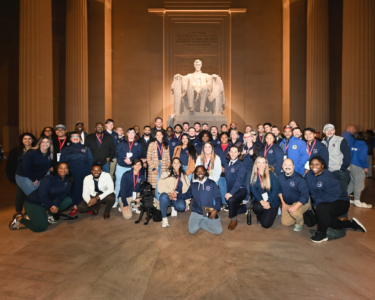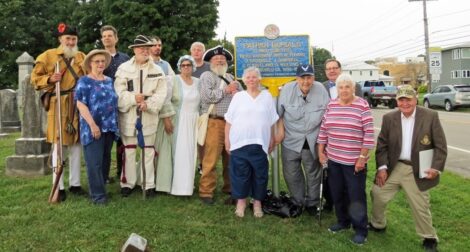Carroll, Landfill Owners Seek To Limit New Arguments
Attorneys for the town of Carroll are asking for an oral argument to debate a motion that would limit testimony in the two-decade old Carroll landfill lawsuits.
Years in court have ruled out using the 54 acres owned by the Jones family as a landfill. The open question was whether or not the 2007 law banning landfills in Carroll is a regulatory taking – and if it is, whether or not the town has to compensate the Jones family and Sealand Waste for the money they claim to have lost.
Attorney Jeffrey Stravino has filed a motion in limite, an effort to prevent the Jones family and Sealand Waste from offering evidence or testimony characterizing or comparing the 2007 Law as a retroactive zoning ordinance; regarding the 2005 Zoning Ordinance; regarding speculative evidence of future profits from the proposed Landfill expansion; opining on the meaning or applicability of any constitutional provision, statute or regulation; or the feasibility of obtaining financing related to the property. Stravino argues court arguments should be focused solely on whether or not the 2007 Carroll law limiting landfill construction or expansion is an unconstitutional taking of property.
“After nearly two decades of litigation, the only claim that remains is Plaintiffs’ takings clause claim,” Stravino argued in late October documents filed in state Supreme Court in Mayville. “In that vein, the only evidence or testimony the Court should permit is that which would make Plaintiffs’ takings claim more or less probable — nothing else. The Court should not allow Plaintiffs to use this trial as yet another opportunity to introduce irrelevant or otherwise improper evidence or to relitigate any of its myriad of unsuccessful claims. The Town’s Motions in Limine allow the Court and the parties to focus solely on the issue before the court — the takings claim. For these reasons, the town respectfully requests that the Court grant the town’s motions in Limine in their entirety.”
Daryl Brautigam and Amy Kendall, attorneys for the Jones family and Sealand Waste, are also attempting to keep the town from introducing two witnesses who would testify regarding alternate uses for the land that formerly housed the Jones-Carroll landfill. At the same time, Kendall and Brautigam argue that the issue of whether the property’s owners can realize a reasonable return on their investment is something the court must decide.
“By seeking to introduce the testimony of Mr. Rubino and Mr. VanDyke regarding the ‘reasonable returns’ that may be associated with alternate uses of the property, defendants seek to waste judicial resources re-litigating a long-settled issue,” Kendall and Brautigam wrote in their own court filing. “The court should not permit them to do so. Instead, the court should apply collateral estoppel in this instance to preclude Defendants from offering testimony on this identical issues already settled by the Use Variance which are binding on the court. In 1989, plaintiff applied for and received the Use Variance. This quasi-judicial decision rendered by an administrative agency constitutes a prior proceeding, so it created a binding effect under collateral estoppel. During this proceeding, plaintiffs had to demonstrate that the property could not realize a reasonable return under any permissible use. The town is bound by the ZBA’s decision.”
Stravino has previously argued the Jones family and Sealand haven’t proven the property has been stripped of all economically beneficial use or is otherwise not capable of alternative uses. The Joneses’ and Sealand have argued in court filings that building a residential home is unprofitable, installing a septic and well system is too expensive and a solar project would not work on the site. Stravino argues that there are other suitable uses for the site, including seasonal and year-round residential housing, including single-family, modular, and manufactured homes, and recreational vehicles; recreational uses, including hunting, hiking, and camping; and storage facilities, including garages, pole barns, and yard storage. He also argues there is no regulatory taking since the property’s value hasn’t decreased much over the past 18 years.



